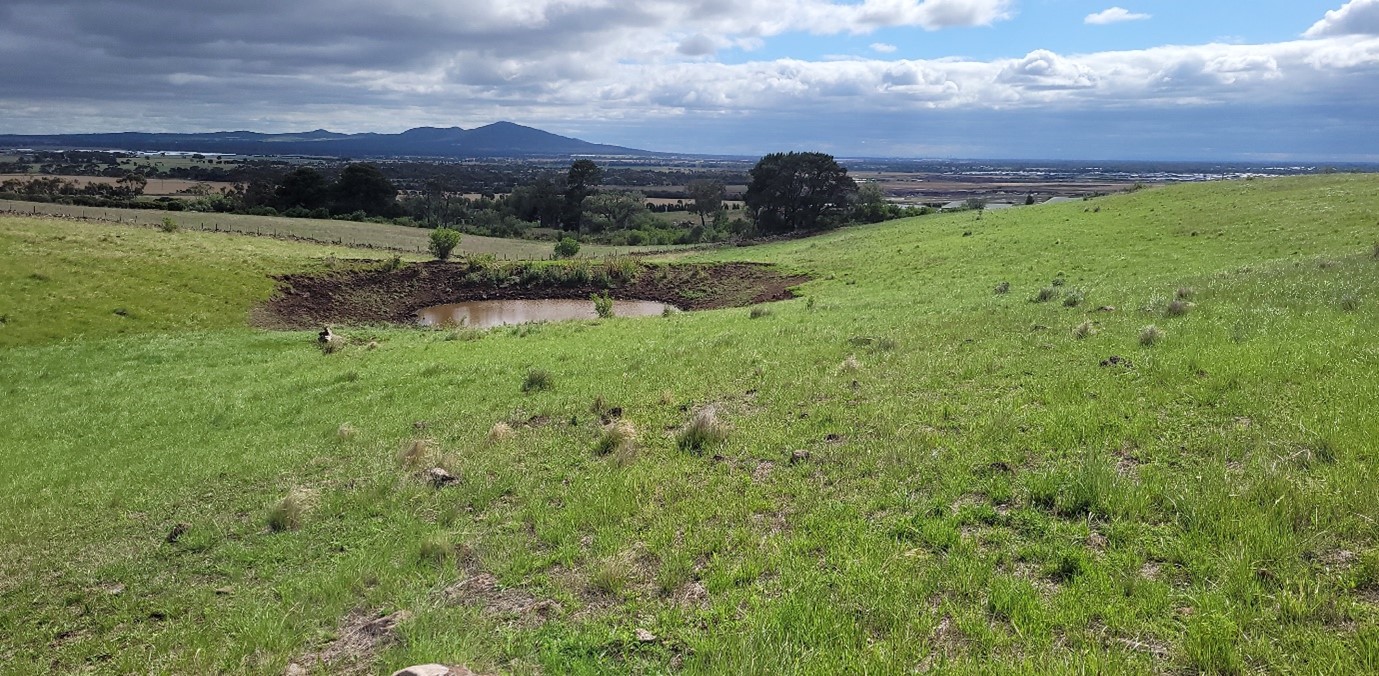Geelong Strategic Assessment
Client: City of Greater Geelong
Location: Geelong, Victoria
Date: 2022- ongoing 
Services provided
- Project management
- Strategy development
- Impact assessment preparation
- Offset strategy preparation and site assessments
- Stakeholder engagement with regulators, landowners and environment interest groups
- Preparation and delivery of a comprehensive methodology for surveying for Victorian Grassland Earless Dragon
- Preparation of a Growling Grass Frog management plan for Cowies Creek
- Strategic advice on preparation of an infrastructure funding levy to facilitate delivery of the conservation program
- Native vegetation assessment
- Preparation of the native vegetation precinct plans for Creamery Road and Elcho Road East Precinct Structure Plan
Background
Geelong has and will continue to experience rapid urban development. The Northern and Western Geelong Growth Areas will be home to 110,000 residents and forms a key part of the council’s strategy to meet its long-term housing needs.
The City of Greater Geelong is collaborating with the Australian Government to prepare a strategic assessment under part 10 of the Environment Protection and Biodiversity Conservation Act 1999 for the Northern and Western Geelong Growth Areas. This allows for a strategic approach to safeguarding matters of national environmental significance from the impacts of development in the long-term.
While the use of strategic assessments can deliver benefits for developers and regulators through regulatory efficiency, and for the environment through up front strategic planning, the approval pathway is not straight forward and the process can be lengthy.
Outcome
The City has engaged Biosis and Open Lines as its key advisors to navigate this complex and unique approval pathway. Biosis and Open Lines are preparing: the EPBC Plan that will guide the implementation of urban development and the conservation program for 30 years; the Strategic Assessment Report that evaluates the impact of the development on matters of national environmental significance; and a biodiversity conservation strategy to guide its response to local, state and commonwealth environmental values in the growth areas.
The Biosis and Open Lines team continues to guide the City through critical components of delivering a long and complex policy development and approvals project.
The team are working closely with state and federal government regulators, developers and landowners, and environment interest groups to design a growth area and conservation package that is practical and implementable over 30 years.
The response will balance the social, economic and environmental objectives of creating new communities, and deliver a conservation package of works that will safeguard threatened species. It will also respond to the scientific and regulatory uncertainty of the recent rediscovery of the Victorian Grassland Earless Dragon, ensure alignment with the Victorian planning system, and be financially sustainable and achievable for the client to implement.

